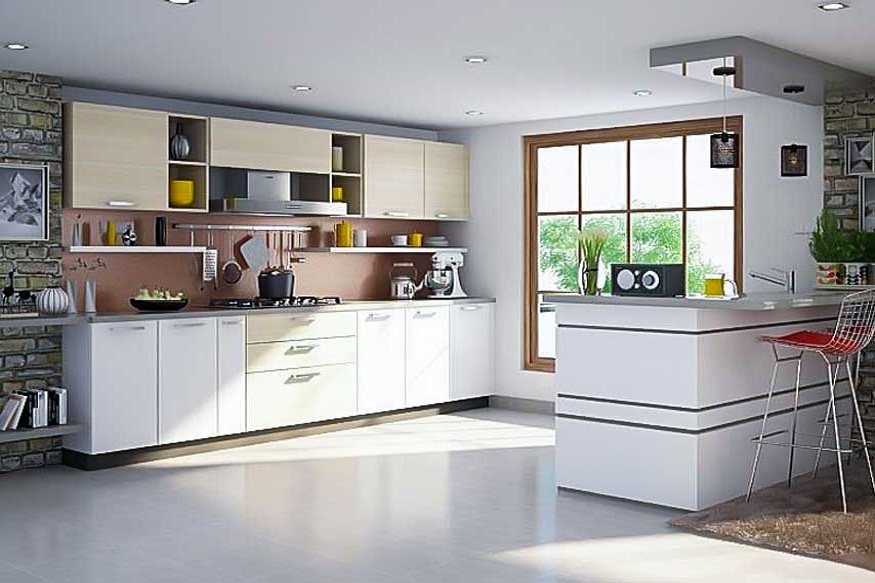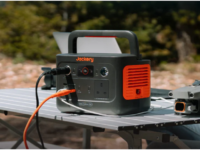Kitchens With Waterfall Countertops

Waterfall countertops have become a symbol of modern luxury and sophistication in kitchen design. Featuring a seamless flow of material down the sides of an island or cabinet, waterfall countertops provide a clean, sculptural look that elevates the overall aesthetic of any kitchen. This bold design trend isn’t just about looks, it also brings practical benefits.
Here’s everything you need to know about incorporating waterfall countertops into your kitchen and balancing elegance with functionality.
What Are Waterfall Countertops?
Unlike traditional countertops that stop at the edge of the surface, waterfall countertops extend vertically down one or both sides, creating a continuous “waterfall” effect. This striking design element is often seen in modern kitchens but can be adapted to suit various kitchen design styles, from contemporary to rustic minimalist.
Popular materials for waterfall countertops include quartz, marble, granite, and concrete. With their durability and ability to showcase intricate natural patterns, these materials not only look stunning but also offer long-lasting functionality.
The Elegance of Waterfall Countertops
One of the biggest appeals of a waterfall countertop lies in its ability to transform a kitchen into a design showcase. Whether used as a statement piece on a central island or to emphasize clean lines throughout the space, its sleek, uninterrupted surface creates a sense of modern elegance. This style works well in open-concept layouts where the kitchen serves as a focal point of the home.
Waterfall countertops also pair beautifully with other interior design elements. For example, they work well with minimalist cabinetry, neutral color palettes, and matte finishes. Their striking visual impact adds depth to a space, creating a compelling balance between simplicity and sophistication.
Function Meets Style
Beyond aesthetics, waterfall countertops are extremely practical. Their downward extension protects the cabinetry or base structure from spills, stains, and scratches, which is particularly useful in hardworking areas like kitchen islands. The seamless design also makes cleaning easier since there are no visible joints or edges to trap dirt.
When paired thoughtfully with other elements in your kitchen design, such as high-quality finishes and interior design accents like pendant lights or streamlined seating, waterfall countertops can enhance both the look and functionality of your space.
Balancing Style with Budget
Waterfall countertops may scream luxury, but that doesn’t mean they’re out of reach for budget-conscious homeowners. The modular kitchen cost for incorporating a waterfall design can vary widely based on factors like material choice, installation complexity, and the size of the surface area.
Natural stone options such as marble or granite will cost more due to their premium quality and labor-intensive installation. However, engineered materials like quartz can offer the same seamless effect at a more affordable price. Additionally, budgeting for your modular kitchen cost might include considering alternatives like using waterfall edges on only one side of the island instead of both, which still makes a stylish impact while reducing expenses.
Conclusion
Waterfall countertops offer the ideal mix of luxury, practicality, and visual impact. Whether you want to create a modern statement or blend it with softer interior design elements, this unique feature can enhance your kitchen’s functionality and aesthetic. Always consider your modular kitchen cost, and don’t hesitate to explore alternative materials that align with both your design goals and budget.






